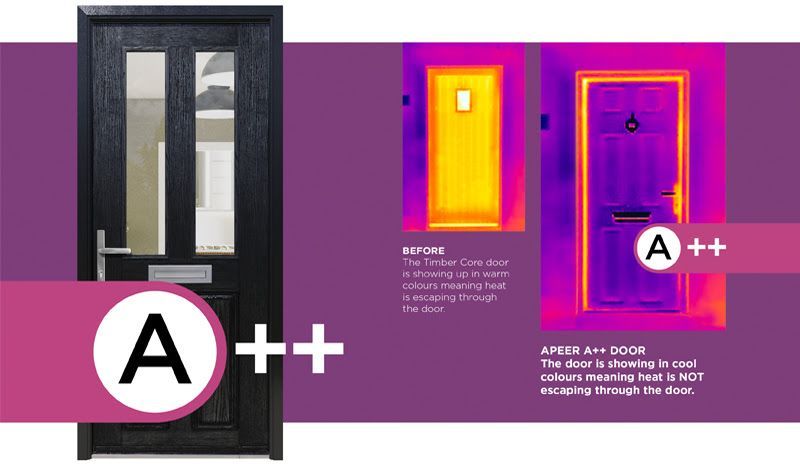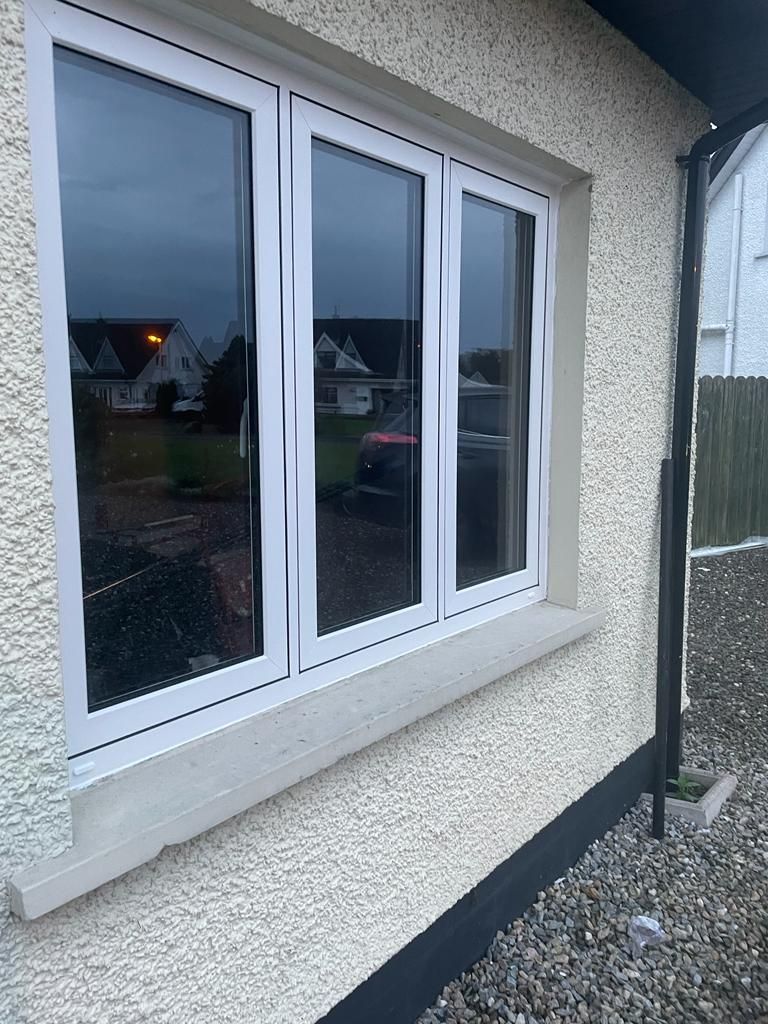028 9084 2717
Blog Layout
Glass & Glazing - Brewsters Fringes
Neil Henderson • October 2, 2020
Brewsters Fringes
Brewster’s Fringes are products by the superimposing of one beam of white light on another due to differences in optical paths caused by refraction when the beam passes from one medium to another or by reflection.
The various components of white light, i.e the colours of the spectrum are refracted or ‘bent’ by varying amounts on passing from one medium to another, and this results in differences in optical path. Reflections from two parallel surfaces can also cause differences in optical path.
If the difference in optical path happens to be an exact multiple of a particular wave length (i.e colour) then the intensity of this colour is increased because the superimposed beam coincides with the original. If, on the other hand, the difference in path is half a wave length the intensity of this colour is reduced, and if the two beams are of equal intensity, they will cancel each other out.
Obviously, since white light consists of a mixture of the two spectral colours (or wave lengths) it follows that where these differences in optical paths occur, some colours will be intensified and some diminished, and since light is not normally it discrete very narrow rays but rather large in ‘bundles’ of rays the spread of the interference pattern will be such that all the spectral colours become visible in bands.
When Brewster’s Fringes are seen in units in the form of more or less straight bands of colour, this is due to reflection and refraction when two glasses of similar substance having flat and parallel surfaces are placed close together such as occurs in a double glazed unit. They are not normally visible when looking through the glass, but if they do occur can be seen when looking obliquely at the glass from a bright exterior with the room side
comparatively dark.
The situation therefore, is that when any double glazing manufacturer makes units from glass which is extremely flat and parallel, there is a risk of the phenomenon of Brewster’s Fringes being present. This situation is not confined to glass made by our suppliers, but can apply to glass from any manufacturer in the world since it is a feature related to the physics of light.
The presence of Brewster’s Fringes is in no way detrimental to the performance of the unit, does not interfere with direct vision and is reflection effect when viewing the window as a mirror.

By Neil Henderson
•
October 11, 2024
As the weather starts to cool down and we prepare for the chillier months ahead, now is the perfect time to think about upgrading your home’s entrance with an Apeer A++ Energy Efficient Door. Here’s why making the switch to an Apeer door this autumn could be one of the best decisions you make for your home. What Makes the Apeer A++ Door So Special? As one of Newtownabbey's leading suppliers of Apeer doors, we know that their reputation for energy efficiency and durability is unmatched. The Apeer A++ door is designed to offer significantly better performance than other composite doors on the market, especially when it comes to keeping your home warm and secure. Let’s break down some of the reasons why these doors stand out. Superior Energy Efficiency One of the key benefits of the Apeer A++ door is its outstanding energy efficiency. The door offers a much better U-value than most other composite doors, meaning it does a far better job of keeping heat inside your home and preventing energy loss. This is especially important as energy prices rise, and more homeowners are looking for ways to reduce their heating bills. Apeer doors have gone through rigorous testing to ensure they are up to the mark to provide optimum energy efficiency.
Contact us
Thank you for contacting us.
We will get back to you as soon as possible
We will get back to you as soon as possible
Oops, there was an error sending your message.
Please try again later
Please try again later
© 2025. The content on this website is owned by us and our licensors. Do not copy any content (including images) without our consent.











